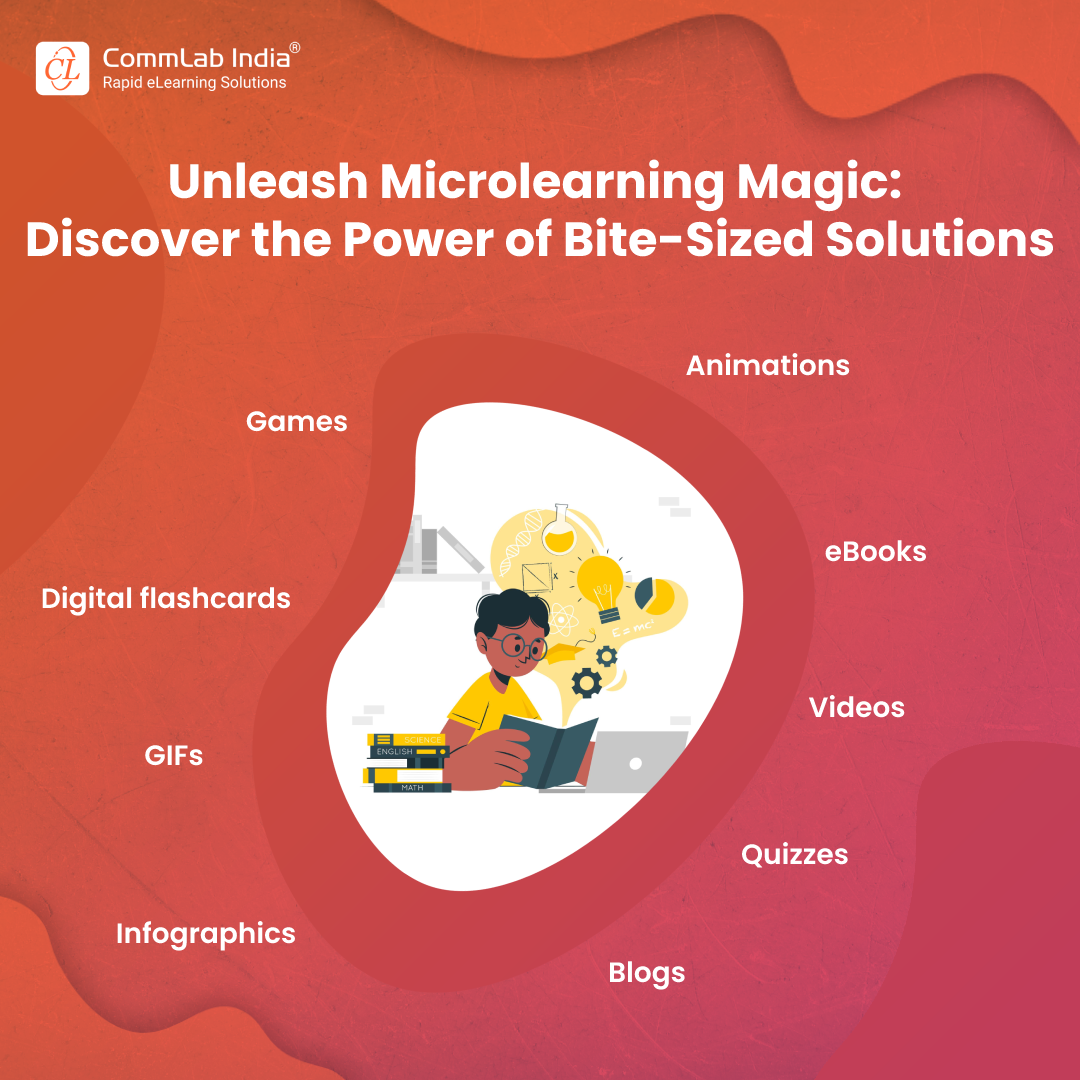What Is Microlearning and What It Is Not?

What do you think microlearning is? Do you think it is a quick solution to your training needs or a fad that will quickly pass? Is it a form of training suited for millennials or a clever way to chunk content? Or is it another useful concept in your strategic training arsenal? Read on to quench your queries.
What is microlearning?
What do you think microlearning is? Do you think it is a quick solution to your training needs or a fad that will quickly pass? Is it a form of training suited for millennials or a clever way to chunk content? Microlearning consists of short modules that are accessible on multiple devices and can be delivered in various formats.
To get the right perspective, we will look at what microlearning is and what it is not.
What Is Microlearning?
Microlearning consists of short modules (of 3-15 minutes each) that are accessible on multiple devices and can be delivered in various formats. Each module is based on a single and clear performance-based learning objective and aligned with organizational results.
While the above aspects are a basic definition, there are many statements which define what it is not.
What Is NOT Microlearning?
Microlearning is not a new concept
The idea of having small learning modules is not new because content has always been broken into smaller parts for better learning. This is similar to how content is arranged in a textbook, in units and then chapters. It has only refined and expanded this concept.
Microlearning modules are not confined to 5-10 minutes
The duration depends on the content and objective of the module.
Microlearning is not limited to the video format
Microlearning is not confined to videos; it can be delivered as podcasts, slideshows, animations, infographics, and more. There are many formats to deliver microlearning, but they have to be appropriate to the situation and cover only one learning objective.

Microlearning may not be appropriate to every learning situation
True, it may not work for every situation; there are some learning needs which cannot be met with micro modules, for instance when you are trying to master a skill or when comprehensive knowledge has to be delivered to learners at one go.
Microlearning does not mean just chunking content into small units
Microlearning is much more than this, creating modules involves a design process. Selecting the right content based on the learning objectives and deciding on the delivery format based on the needs and preferences of learners are part of the design process.
Microlearning is not a one-dose solution
Training will be inadequate if it delivered only as microlearning modules. It should be part of a bigger, comprehensive training strategy.
Now that we know what microlearning is not, it becomes easier to understand what it is – a flexible learning approach that can be used in a number of ways to improve individual performance and enhance organizational training. Micro modules are basically small and focused, aimed at improving performance.
Knowing what microlearning is and what it’s not should help you design assets that have the maximum impact. Here are a few pointers.
Eager to learn more about microlearning? Get your answers here
Microlearning should be:
- Aligned with the desired organizational results – the design should be geared toward getting the desired results from the training program.
- Based on a single, clear performance-based objective – it should ultimately lead to the performance of a task or meeting a goal.
- Tied to an overall learning/performance strategy – it should tie in with the macro plan or the training strategy of the organization. The microlearning asset you design should be part of the array of experiences that the course will provide.
- Push or pull (just-in-time) – microlearning should be designed as a push or pull initiative. As a push initiative, there should be a concerted effort to make people take it. Providing just-in-time support (pull) ensures learners access it when they want to.
- Inherent value is clear to the learner – he should understand why it is important to him and what value it can deliver to him so that he can improve his performance on the job.
- Creative, intriguing, inspirational – these are critical design parameters to be followed, the design and content should pique the interest of the learner and inspire him to do better at his job.
- Appropriate to the objective and intended performance – design should tie with the intended objective. For instance, if the learning objective is to help the learner login to a device, then a video with the sequential steps to do the task will be highly relevant to the learner.
- Easily accessible – microlearning modules should be available on all types of devices and be easily accessible whenever the learner demands it.
It’s a Wrap
It is certainly not a cakewalk to design engaging microlearning courses that offer engagement as well as necessary information. To know how well you can use microlearning in your organization and reap maximum benefits, you should have a clear idea of the metrics to monitor and measure your microlearning assets. And learning analytics can help you do just that. Access this webinar recording to harness the power of learning analytics for microlearning.
Editor’s note: This post was originally published in October 2017 and has been updated for comprehensiveness.



![What Microlearning Is and What It Isn’t! [Infographic]](https://blog.commlabindia.com/hubfs/Imported_Blog_Media/microlearning-quick-reference.png)
![How Does Microlearning Benefit Corporate Training [ Infographic]](https://blog.commlabindia.com/hubfs/Imported_Blog_Media/microlearning-key-benefits-corporate-training-info.png)
